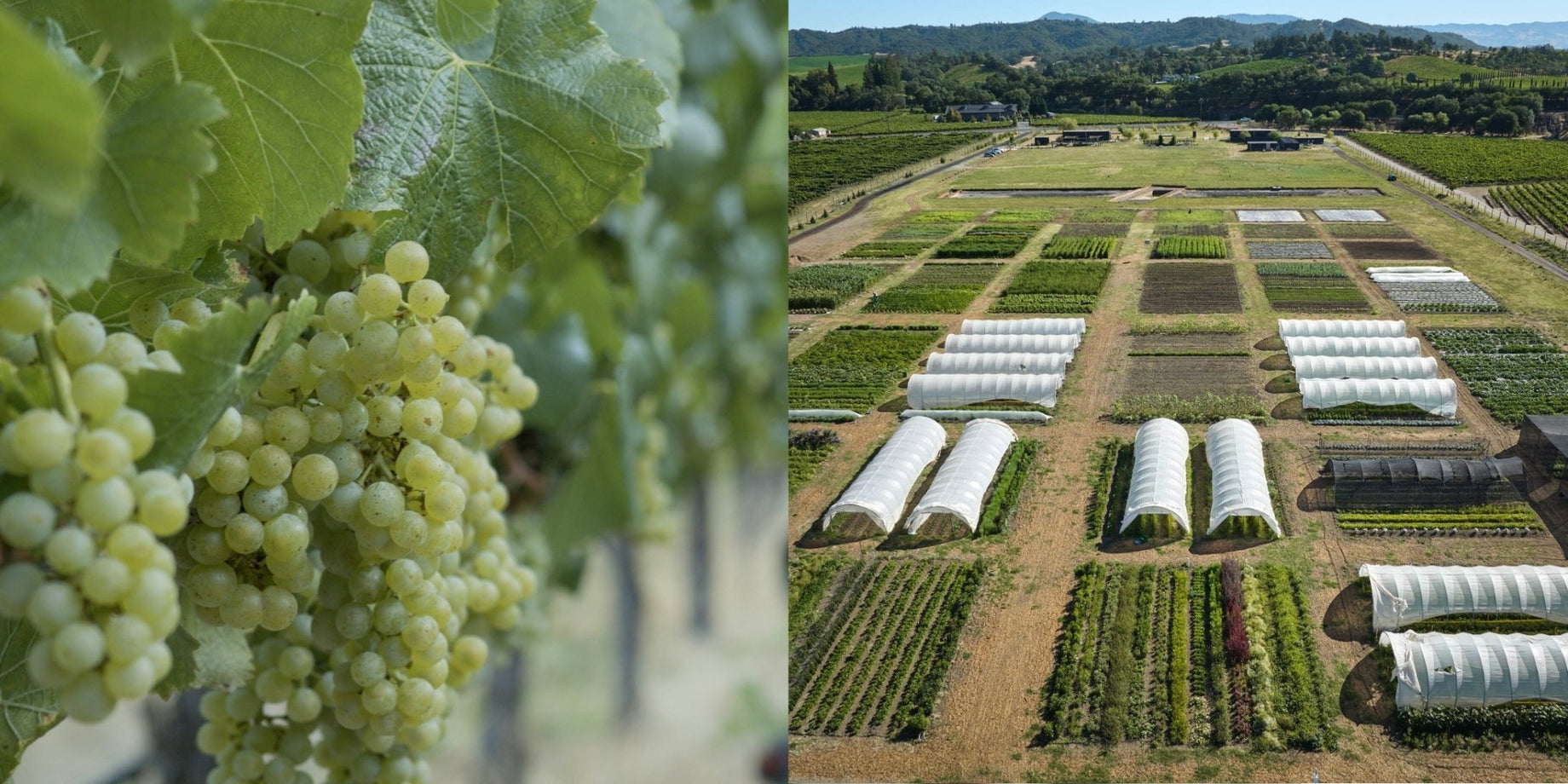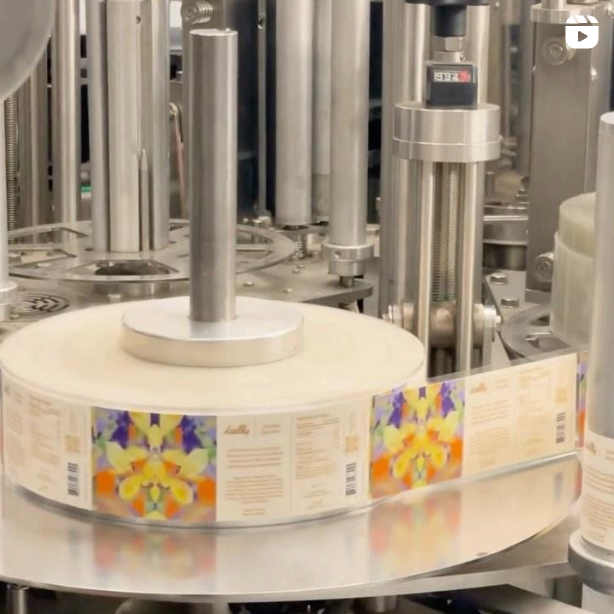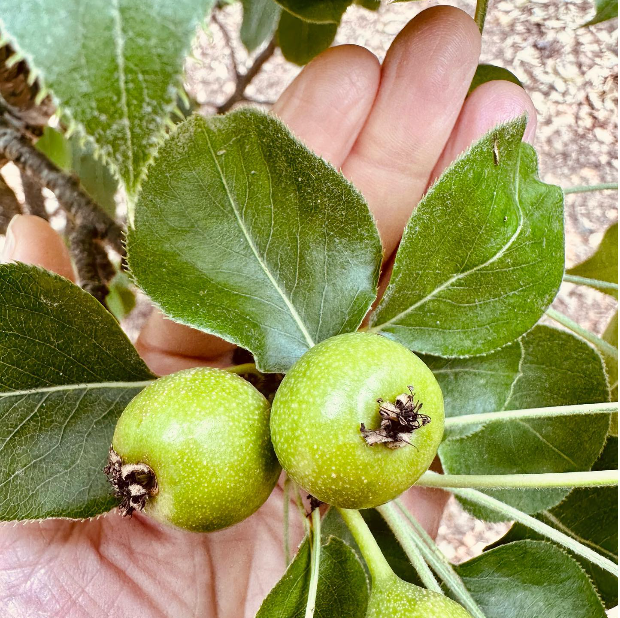Why does a sip of Kally taste so yummy? And why does it stand out as unique compared to other non-alcoholic beverages? The answer lies in the science of food and a bit of brain chemistry.
When you sip a glass of Kally, your brain registers and processes three elements: acid, sugar, and tannins. These elements determine both how the Kally tastes as well as how it feels (often referred to as “mouthfeel”) as you drink. Here's what you need to know:
Acid
Acid is the centerpiece of Kally. Kally gets acid from the verjus, a juice pressed from young tart chardonnay grapes. We’d been experimenting with options for this, but the bite from lemon (citric acid) was too ordinary and the sour from vinegar (acetic acid) was too off-putting. Kally’s complex layers of flavor demanded something special. The sour from verjus (tartaric acid) was the perfect ingredient and the missing piece of the puzzle. Verjus gives Kally an acidity similar to a glass of wine. And similar to wine, Kally has “finish”—the lingering of flavor in your mouth. The acid also makes Kally an excellent pairing beverage, since the acid brings the flavors of foods to life in exciting ways.
Sugar
Kally gets all of its sweetness from organic juices that we add to our recipes. Besides the obvious benefit of pleasant sweetness, sugar also makes Kally feel more “full bodied”; the sugar compounds make the drink more viscous. The sugars in Kally also wake up the senses - if you feel a tingling sensation on the tip of your tongue after a sip of Kally, it’s likely the sugar working its magic. And a side note—we don’t add any sugar to our recipes, preferring to work with the naturally occurring fructose from berries and tree fruit.
Tannin
Tannin is a word that gets thrown around a lot but poorly is understood. Tannins are a compound found in many plants. Kally gets tannins from the teas (all decaffeinated). If, when you drink Kally, you detect a momentary drying sensation on your tongue, gums or even lips, you’ll know you’ve found the tannins. Tannins also contribute astringency to Kally—triggering bitter taste receptors to fire. This creates the same satisfying sensation you might get from the taste of other astringent foods—like dark chocolate, coffee or savory herbs.
Together, these three elements make a glass of Kally an exciting, one-of-a-kind drink experience!







